
In whichever way we observe Advent, and whatever the colours of our candles are, now that the merry days of Christmas are near, let us stop for a moment and think of those who cannot celebrate in peace this holiday season. Let’s not forget about those who live in countries and regions torn by war, violence and persecution: let’s all try to find ways to contribute, even in the smallest ways, to helping them, and let’s pray that there be peace.
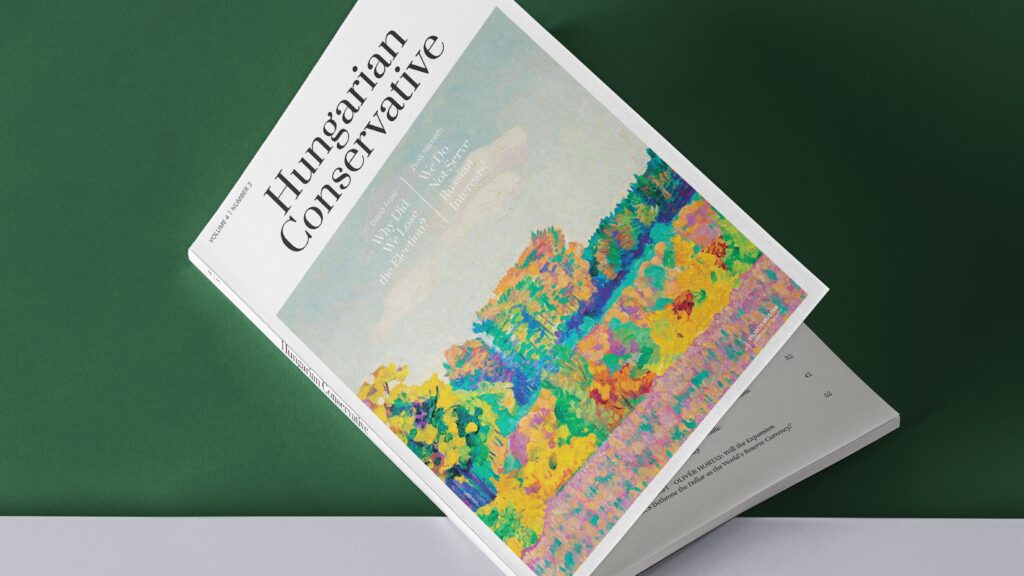
In the recently published Volume 4, Number 3 of our print magazine, you can read an insightful analysis of the 2024 UK general election results by Lord David Frost; an essay about the different styles of conservatism by Professor Miklós Pogrányi Lovas; and a denunciation of the accusations that the Hungarian government is serving Russian interests by Fidesz founder and current MP Zsolt Németh. Pick up the latest edition of the magazine at your local bookstore or newspaper stand; or you can subscribe to our quarterly magazine on our website to make sure you never miss an issue.

On Sunday, 30 June 2024 Prime Minister Viktor Orbán declared that a new era in European politics has begun. At a press conference held jointly with Herbert Kickl and Andrej Babiš PM Orbán outlined the vision for a revamped European political alliance. The new political family aims to reshape the landscape of European governance and address the pressing issues faced by the continent, the Hungarian prime minister said.
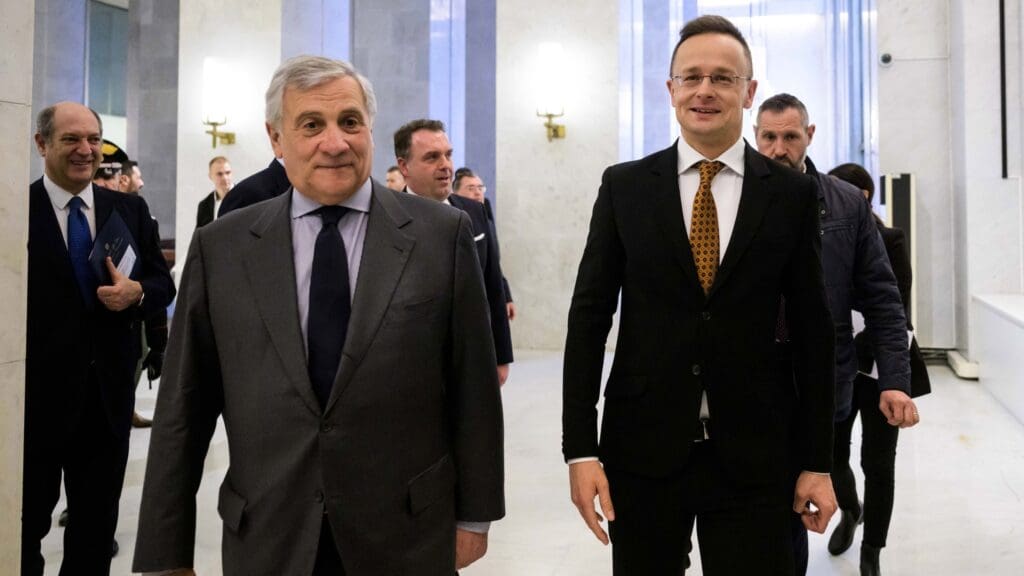
In an interview with Italian public television, Hungarian Foreign Minister Péter Szijjártó stated that he is appalled by how the Italian media has presented the Salis case, portraying the Antifa activist who beat innocent people last year as a martyr.
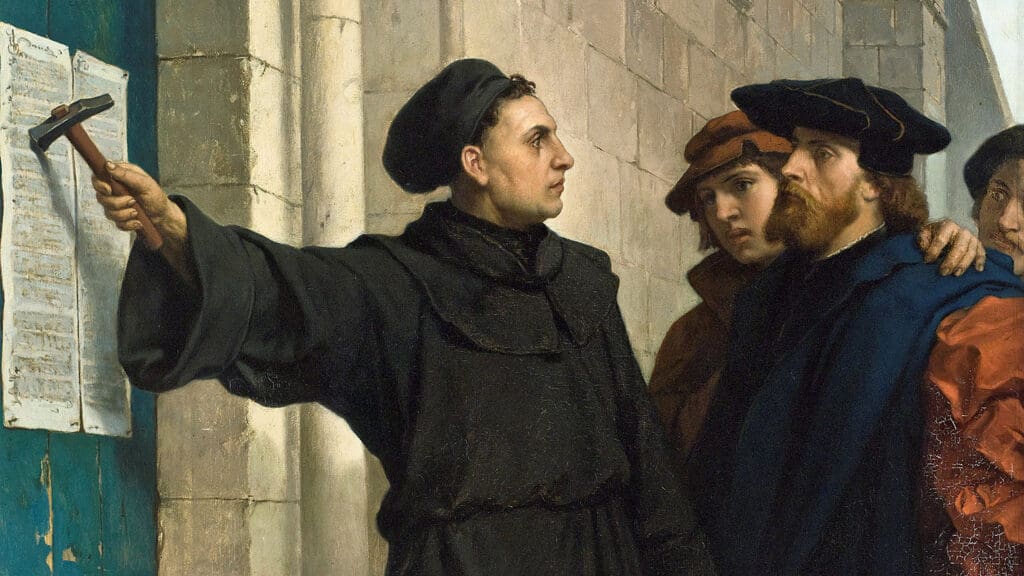
Protestantism has been inextricably intertwined with Hungarian national consciousness and thirst for freedom. The Hungarian Protestant Bible translators made the Scripture accessible to Hungarians in their mother tongue, and also contributed to the development and preservation of the language. Practising Protestantism was also in defiance of the Catholic Habsburgs and Austria: Protestants were willing to suffer martyrdom rather than renounce their faith, as the fate of the Hungarian Protestant galley slaves demonstrates.
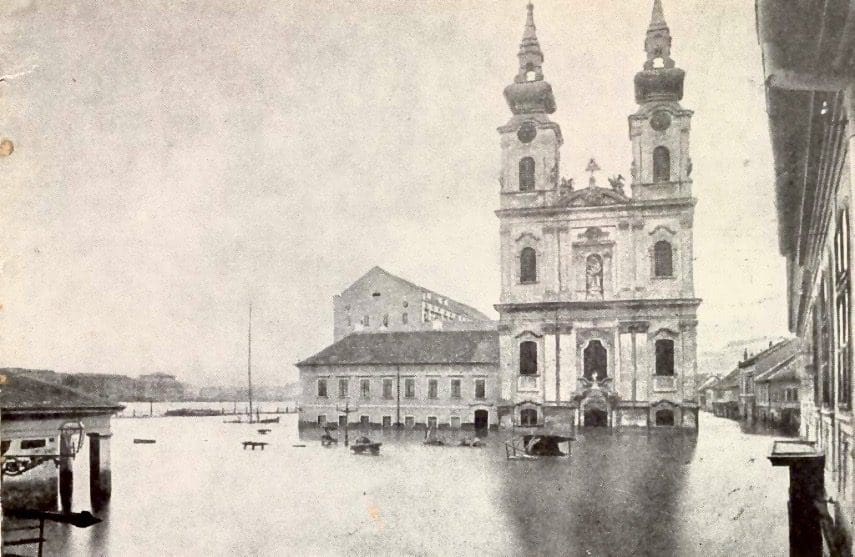
On 14 March 1876, the flood hit the Buda side of the Danube, then two days later, the river flooded Újpest, the Tabán and Lágymányos as well, and completely submerged Margaret Island. The streets of Buda looked like Venice—boats were the only feasible means of transportation.
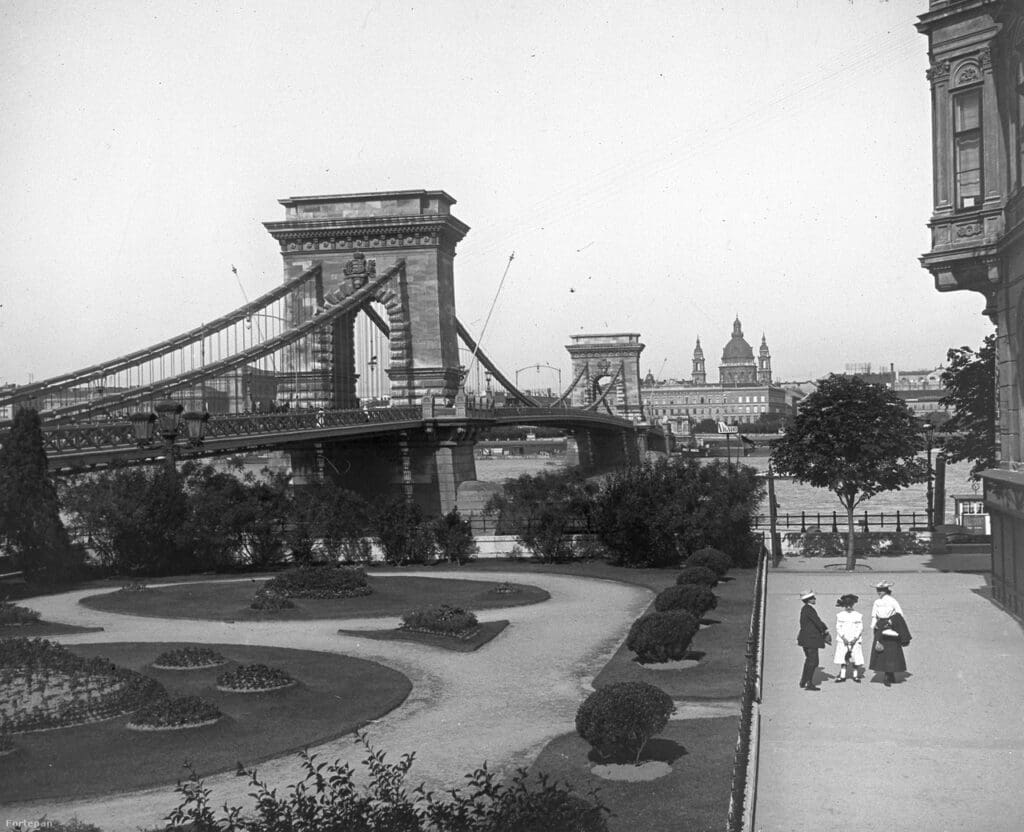
In this article we will walk you through the history of the names of Budapest’s bridges and the historical events that influenced their evolution.
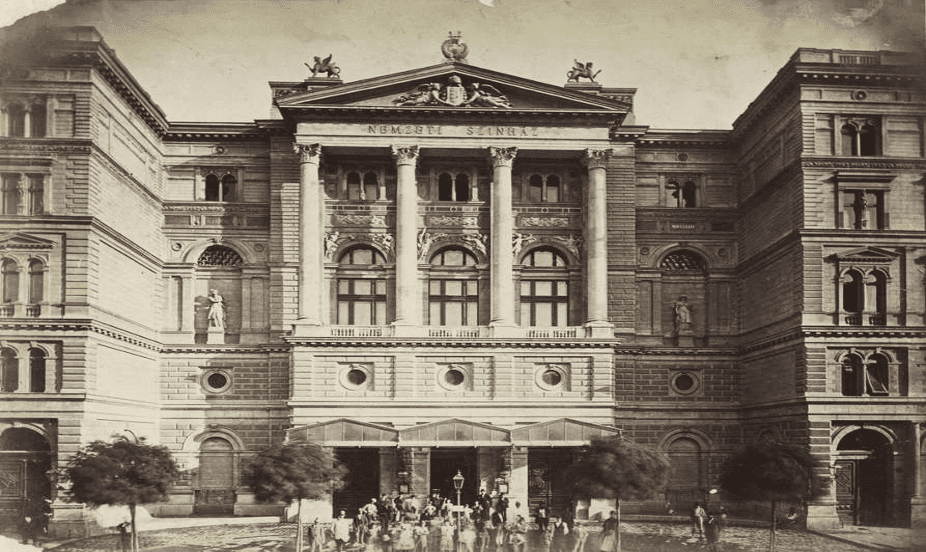
The building hosted performances for 56 years, but after experiencing two world wars and a revolution, its demolition was announced in 1964, citing the beginning of the construction of Budapest’s first metro line as a reason.
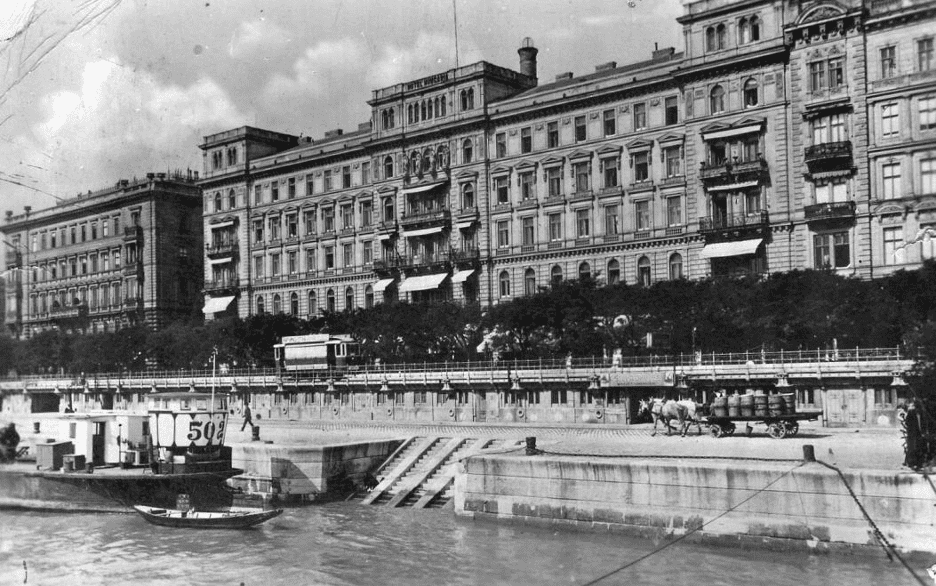
The Grand Hotel Hungaria instantly became popular with aristocrats, inventors and actors, and it hosted many prestigious events, too: for example, the famous Golgotha of Mihály Munkácsy, the ‘Painter-Prince’, was also presented to the public here.
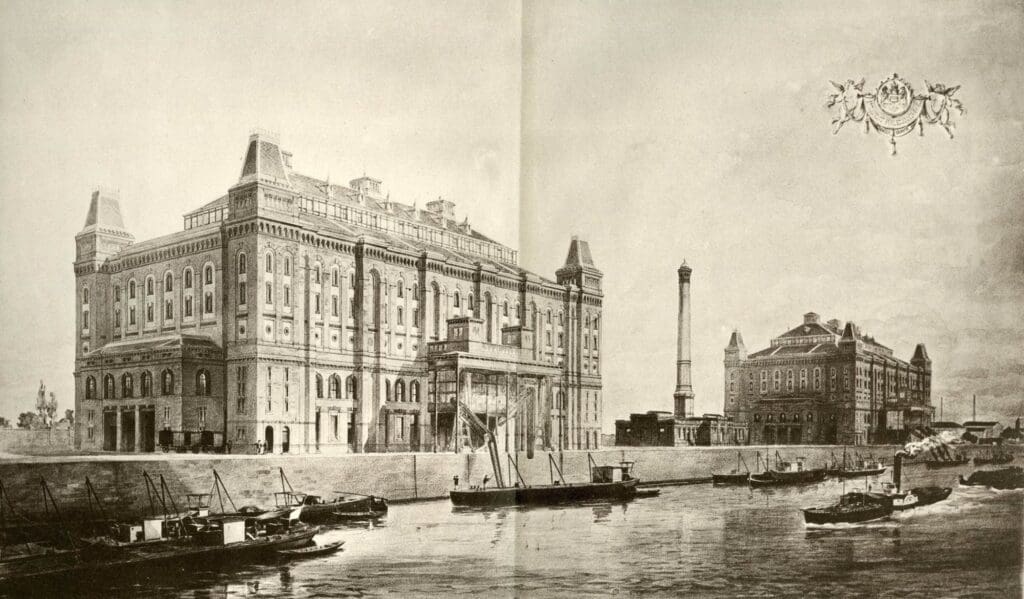
Several edifices that were significant landmarks of pre-WWII Budapest disappeared during the 20th century—one of the most memorable of them was the Elevator House.
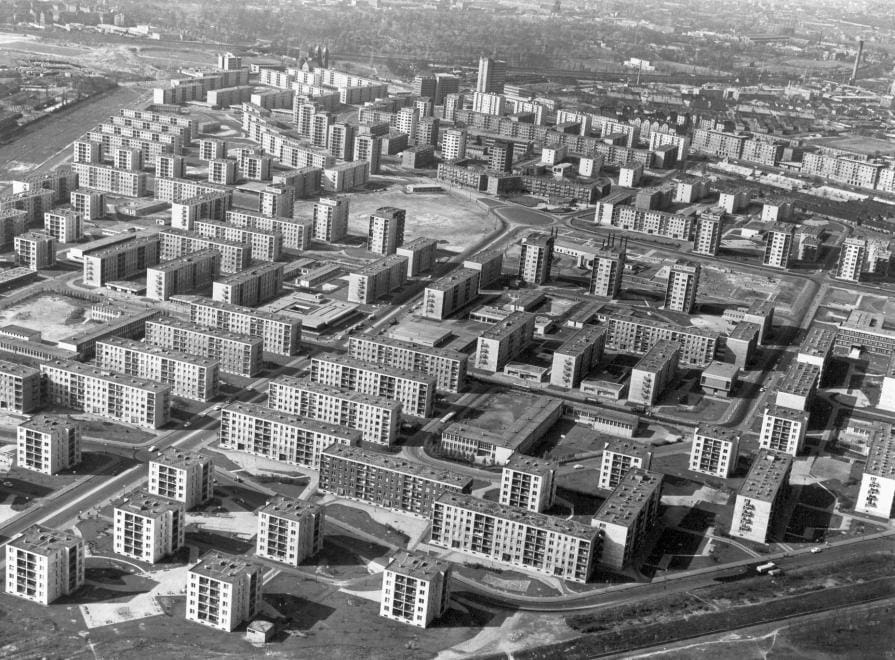
In the 1960s, the so-called mass housing programme was launched, with the objective of constructing 1 million apartments in 15 years, a quarter of which, 250,000 apartments, only in Budapest.
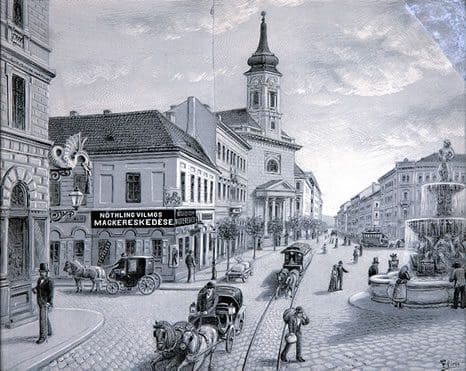
The square had lots of famous hotels, infamous pubs and notable restaurants, but the Two Lions Inn has always stood out from them.
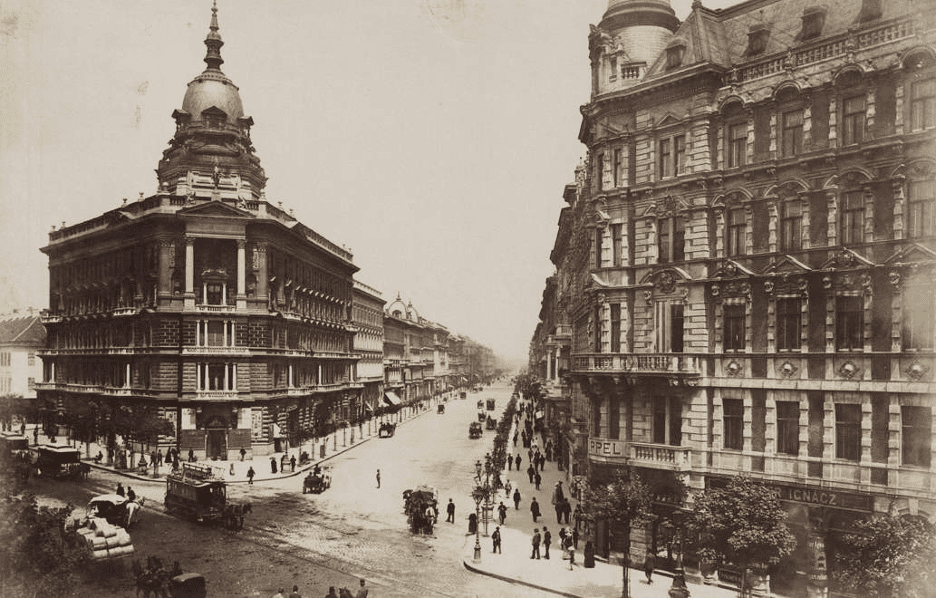
The reason for the creation of an underground railway was simple: the Budapest Public Works Council, which was partially responsible for the construction of the avenue, did not allow laying tram tracks on the surface, as they would have ‘spoiled’ the avenue’s elegance.
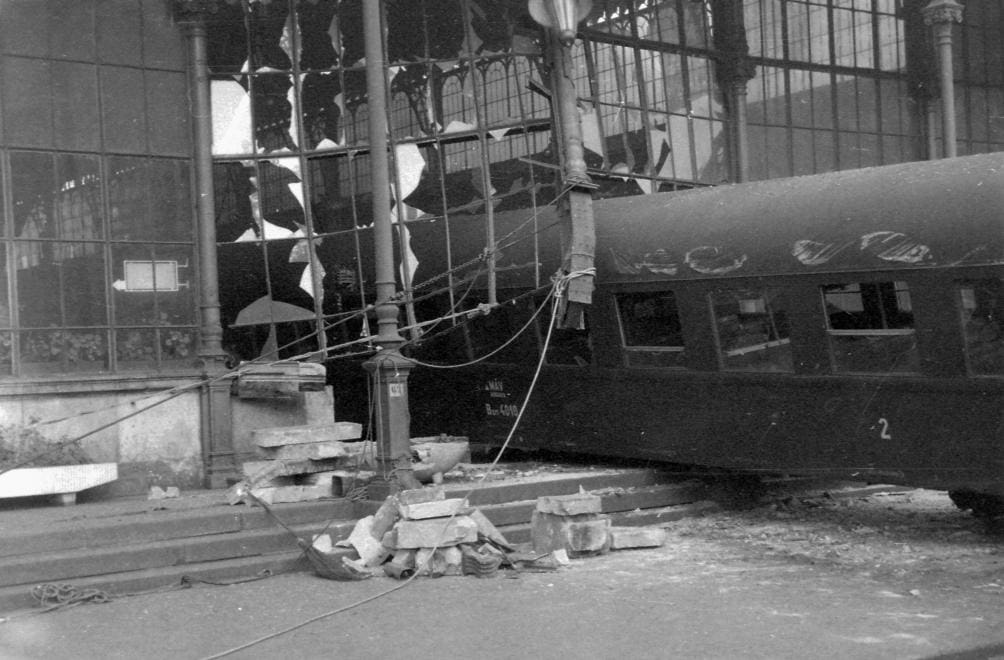
Budapesters at the time joked that the train only stopped there because there was a Soviet film playing at the Szikra Cinema across the street.
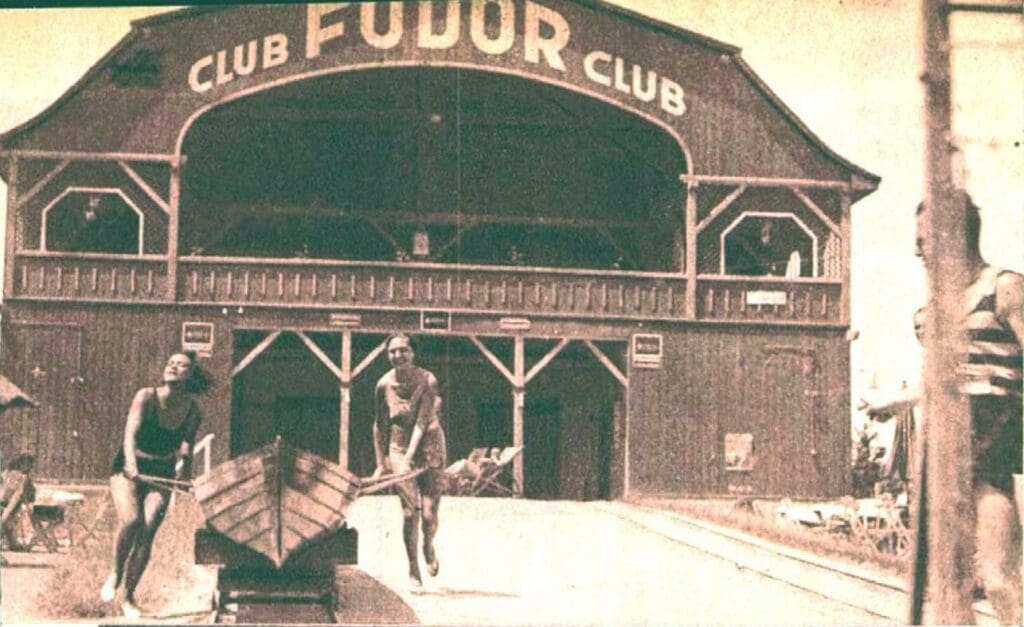
Római-part today is all about the dolce vita experience, and little by little it is regaining its former importance and role, which is more than promising for its future.

In our article we have collected some of the most important Hungarian inventions, most of which are still used all over the world.
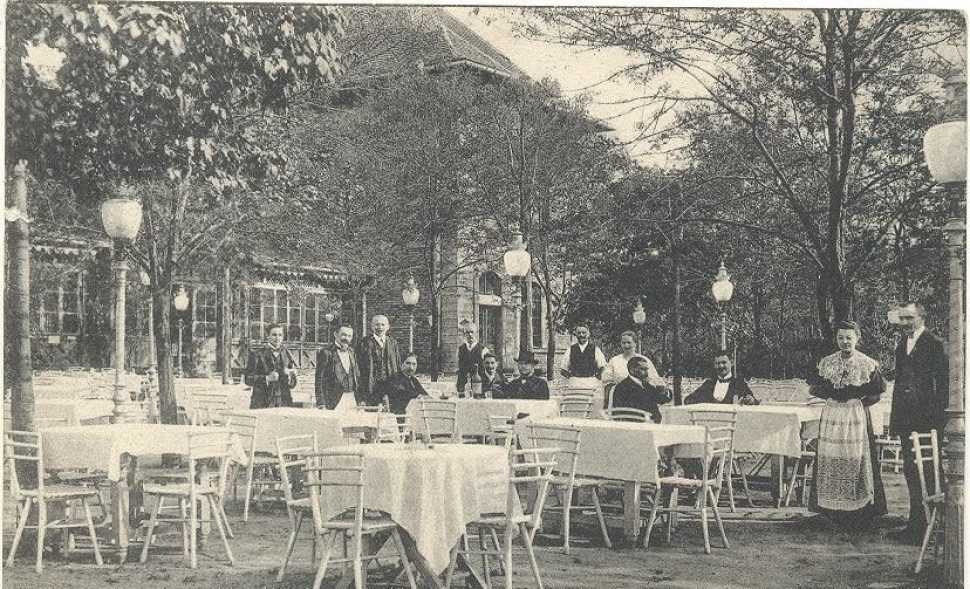
There is a forgotten green area, which is not only the largest park in the city, but perhaps the most romantic as well. Let’s take a closer look at People’s Park (Népliget).
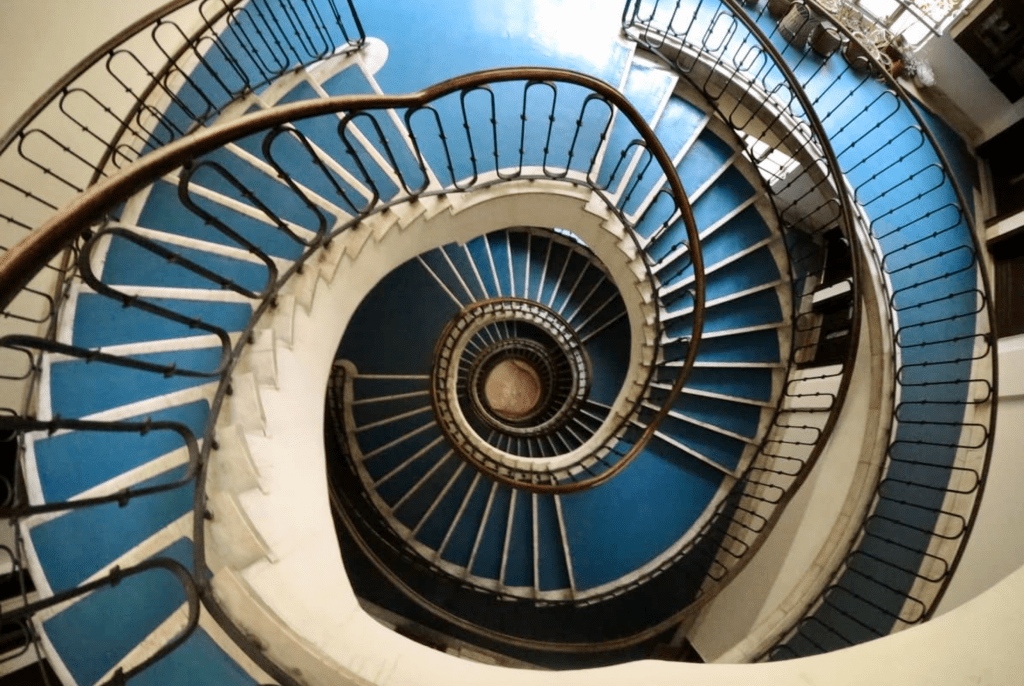
According to Walter Gropius, the ‘idea of the Bauhaus’ provides an artist with the skills with which he can occupy his place in the (machinery) industrial society. Let’s take a closer look at how this trend shaped the image of the Hungarian capital.
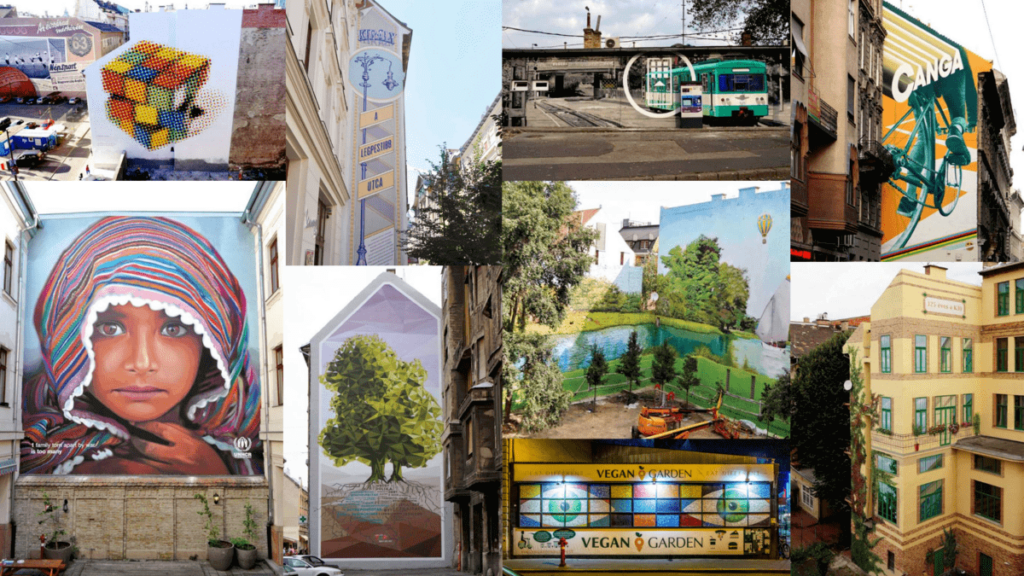
Thanks to different art groups and individual artists, an ever-growing number of exciting mural artworks are popping up. Let’s look at some of them!
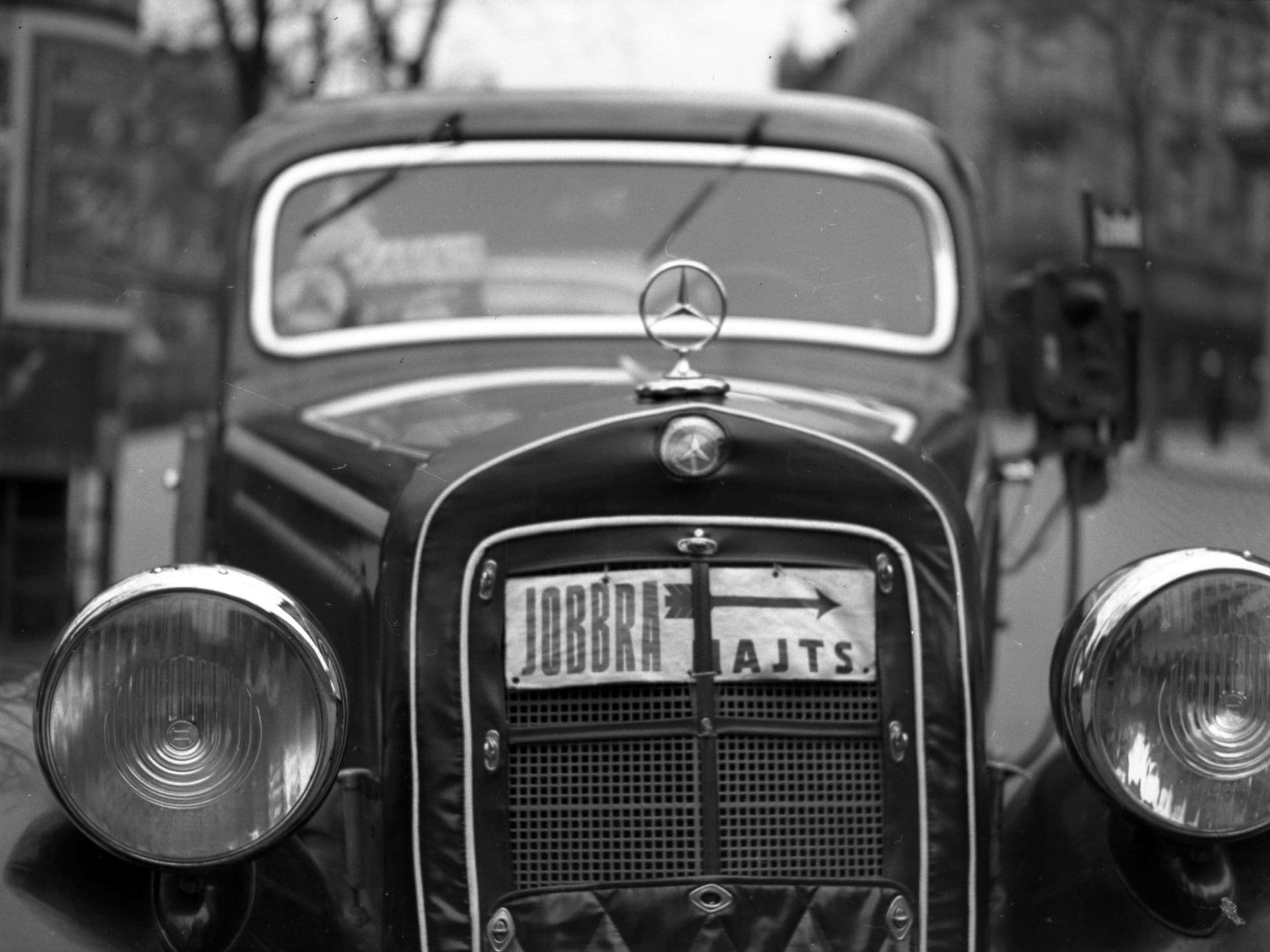
The spread of European right-hand traffic can be dated to the middle of the 20th century. Of course, Hungary did not want to be left out of the changes taking place on the continent; however, the establishment of the new order required creative solutions.
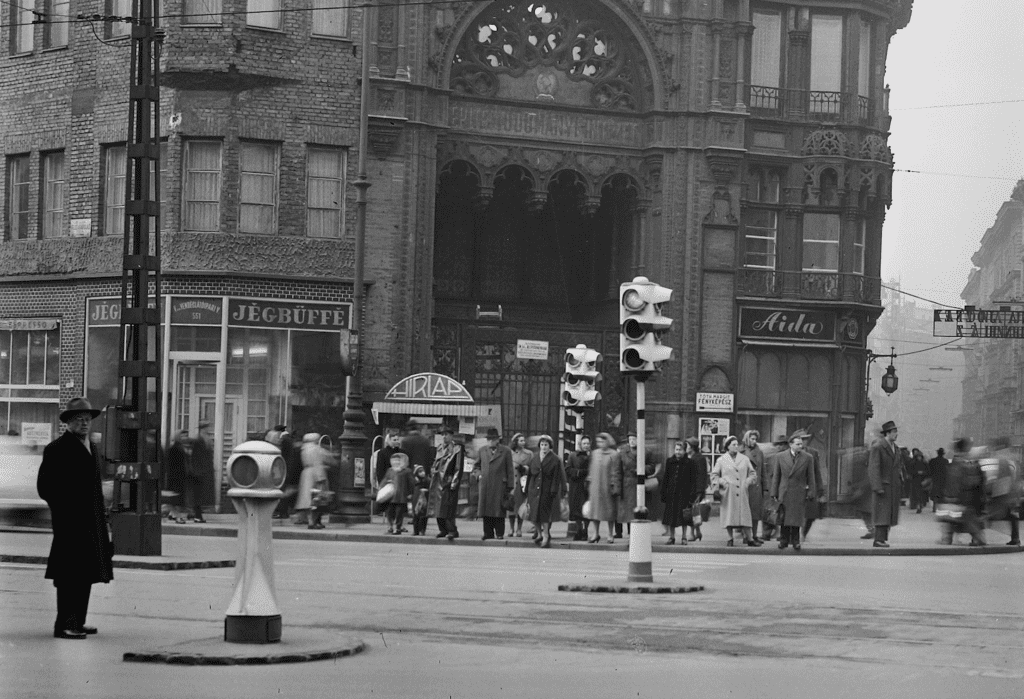
Jégbüfé acquired worldwide fame by taking part in the 1958 Brussels World’s Fair, where the famous ‘Somlói galuska’and the ‘Budapest cake’ were also presented.
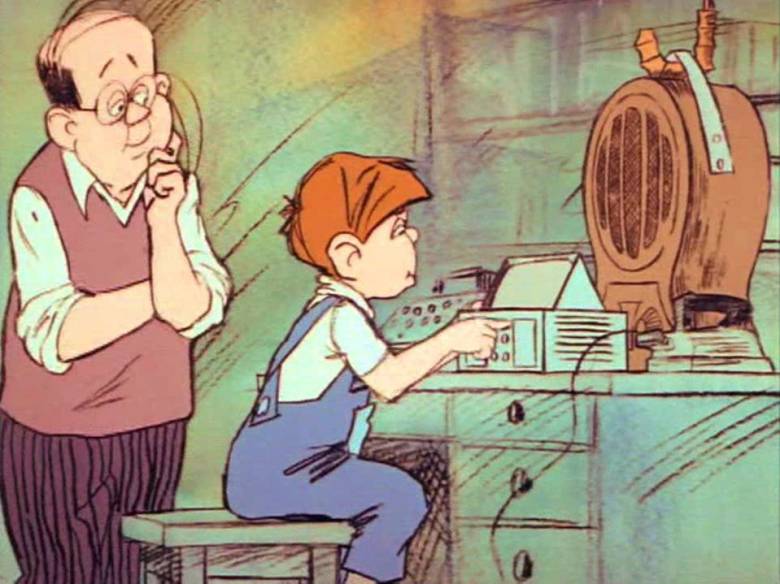
In our article, we take a look at the cartoons that brightened up the everyday lives of millions of children in the 90s.
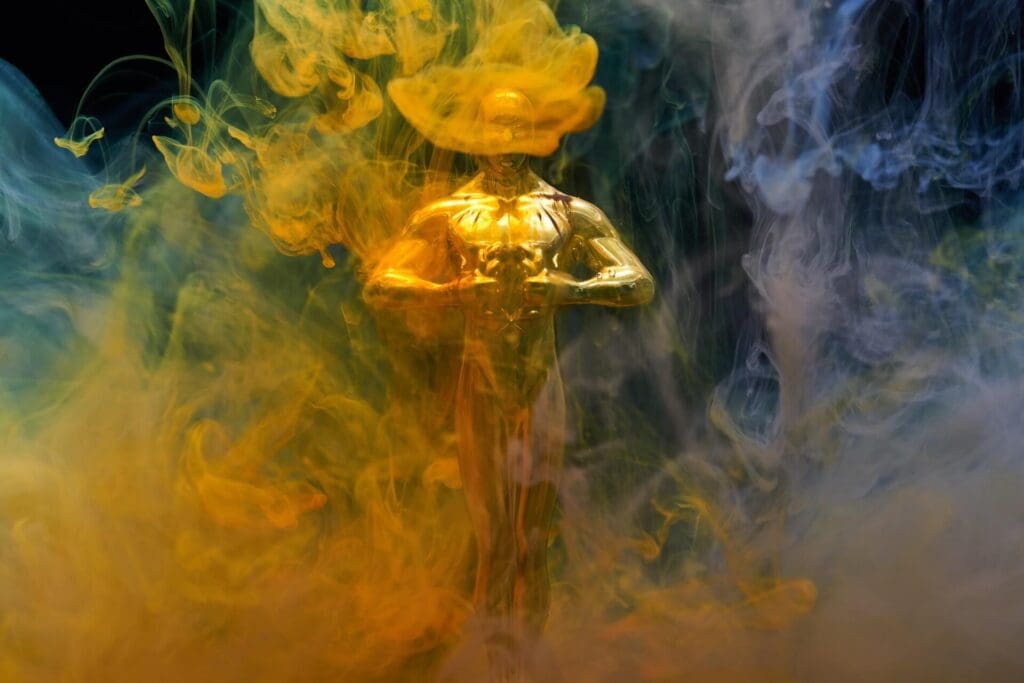
Hungarian films have been participating in the American Academy Awards since 1965, but until now, only four Hungarian films have been awarded the highest accolade, even though we have had many nominations over the years. But which four films are those?
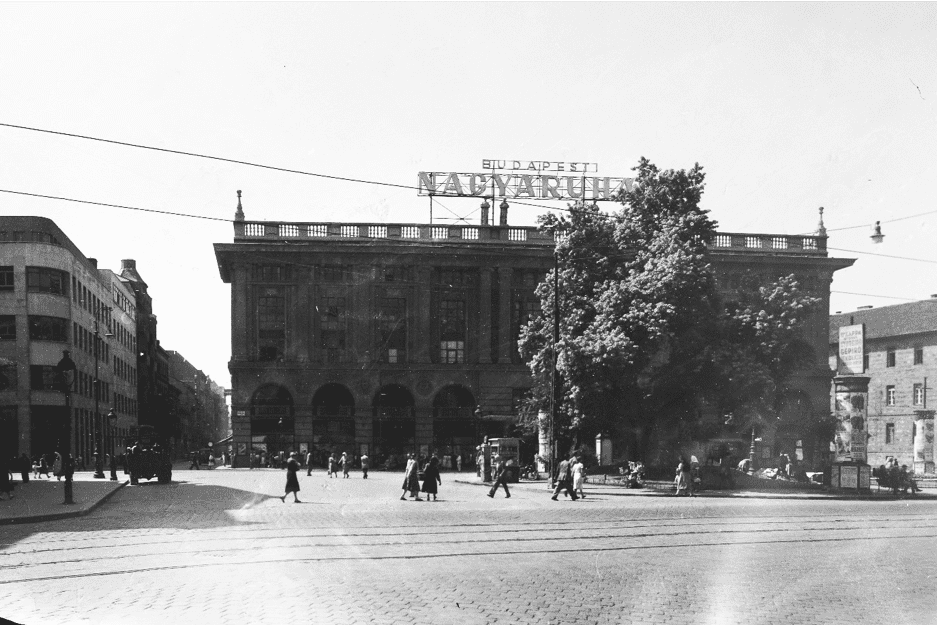
Budapesters can hardly wait for the renovation to be finished and to see the Corvin Department Store in a condition worthy of its former self.
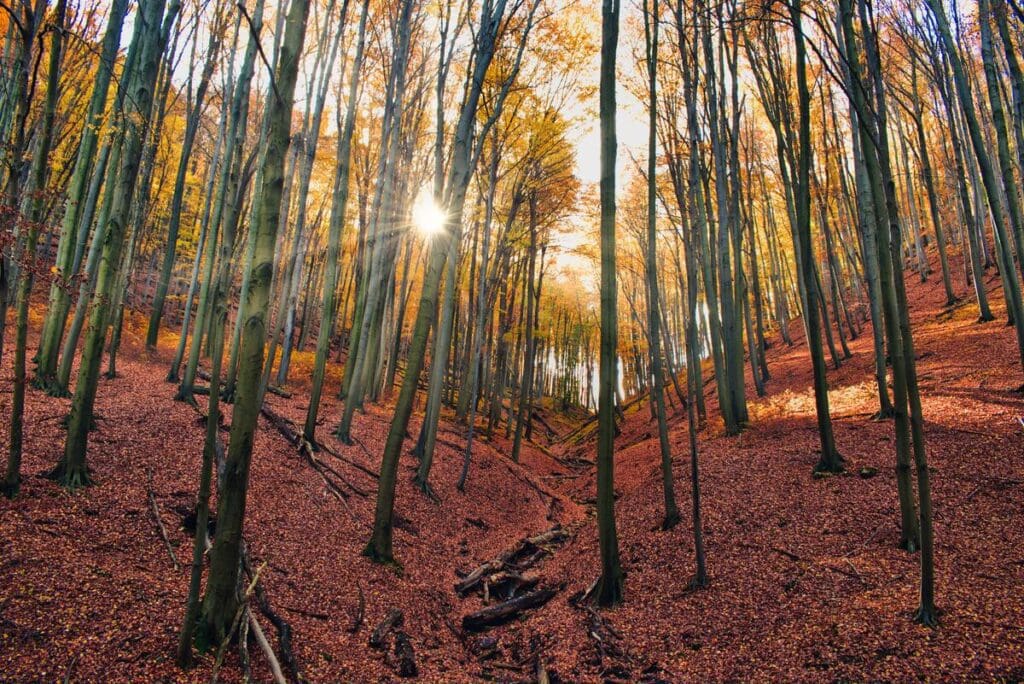
Autumn is the best season to get out of the city and explore some of Hungary’s less-know attractions.

The term is more and more frequently heard from the lips of generations who were born long after the 90s, but do they and those older than them use it correctly, and are they aware of its exact meaning?

Hungarian Conservative is a quarterly magazine on contemporary political, philosophical and cultural issues from a conservative perspective.